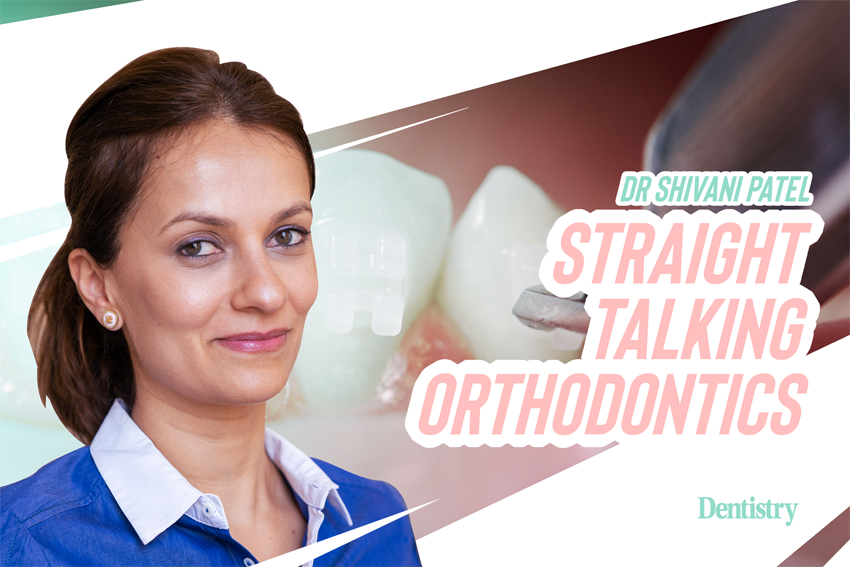
This month, Shivani Patel discusses orthodontic extractions, including whether we can avoid them and the controversies surrounding extractions.
There is always debate about whether a tooth should be extracted or not when treating crowding.
The main aim of orthodontic treatment is to bring teeth in alignment and restore form and function.
The management of malocclusions can involve extraction of a few teeth or non-extraction with movement of teeth.
In the 1960s, the therapeutic extraction became common with an aim to treat crowding. Until the 1990s, the trend declined. Then, again, there was a rise in the extraction cases – especially more so on the NHS.
The main reasons for extracting in patients are:
- Relief of crowding
- Severe crowding
- Impacted teeth
- Teeth of poor prognosis
- Periodontally involved teeth
- Ectopic teeth
- Large over jet
- Incisor relationship
- Buccal segment correction
- Camouflage skeletal discrepancy
- Bimaxillary proclination.
Extraction controversy
Facial profile
There are numerous studies that look at the effect extractions have on the facial profile.
Studies have suggested that over-retraction of the anterior segment with extractions further forward in the arch can lead to dishing-in of the face. The upper lip can be retracted from 2-3.2mm and the naso-labial angle can also increase.
Hence its very important to carefully look at the patient’s facial profile when considering extractions.
Extraction may be helpful in patients who have fuller profiles because there will be less chance of a ‘dish-in’ of the face.
Temporomandibular joints
It is usually a misconception that the extraction of teeth in orthodontic patients leads to temporomandibular joint disorders (TMDs).
In a study, the assessment of the condylar position of all patients was carried out before and after treatment. The results revealed no significant difference in pre-treatment and post-treatment condylar positions in all cases.
Therefore, the authors suggested that there is no movement of condyle during orthodontic treatment.
Buccal corridors
Broader buccal corridors may be attractive.
It is a belief of few researchers that the extraction of maxillary premolars leads to narrowing of the maxilla, leading to broader buccal corridors.
However, studies have shown that extractions have a minimal effect on the buccal corridor. But a non-extractions patient may have a slightly expanded arch.
In mild to moderate cases, the relief of features of the malocclusion can be achieved using interproximal reduction as well as expansion.
Careful diagnoses and treatment planning of each individual’s specific problems leads the orthodontist to an individualised plan to create that person’s authentic smile.
As always, the patient (and parents) must also be included in the planning stages due to the goals of the case.
Only by setting individual objectives for each case can the orthodontist establish goals that will provide a beautiful, functional, and hopefully stable occlusion for each patient.
Catch up on previous Straight Talking Orthodontics columns:
- How does the festive season affect our teeth?
- Sensitive teeth is also an issue for orthodontists
- Dental technology that’s changing the game for orthodontics
- Don’t neglect the lips and tongue!
- What GDPs should watch out for in children.
Follow Dentistry.co.uk on Instagram to keep up with all the latest dental news and trends.


